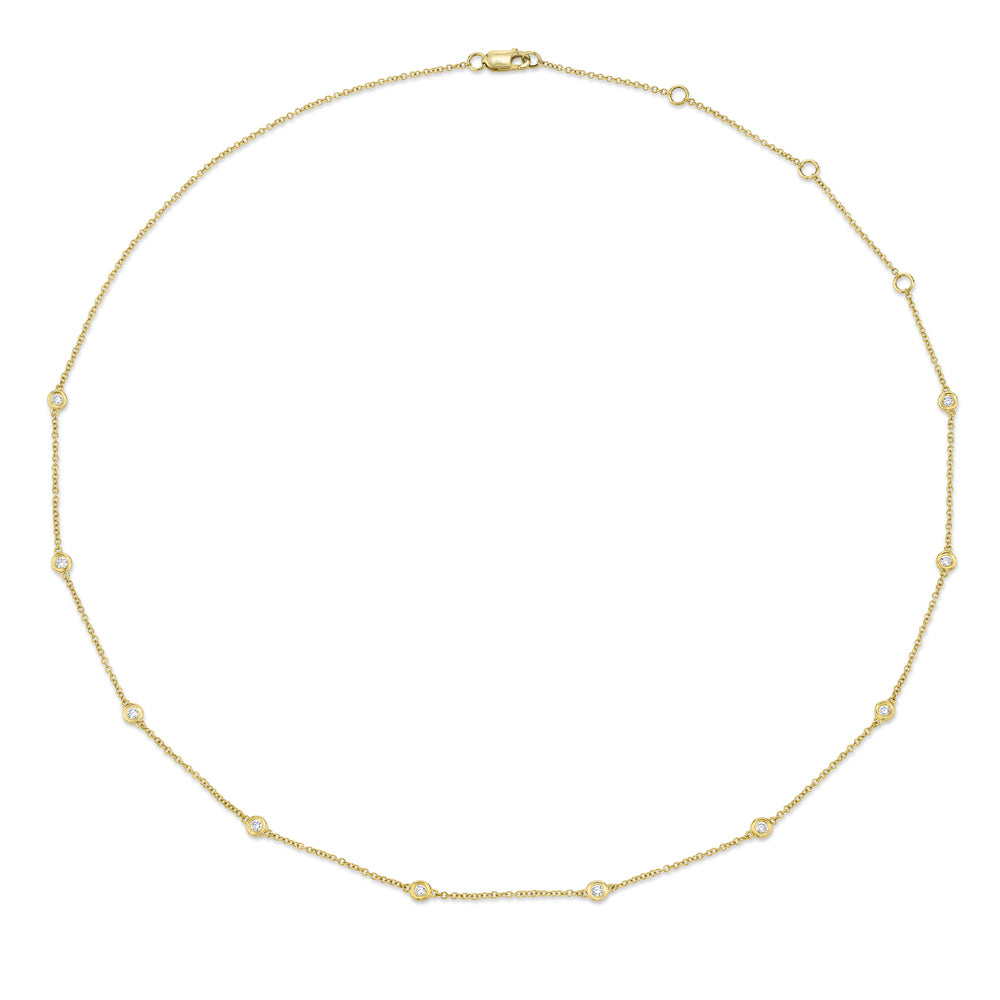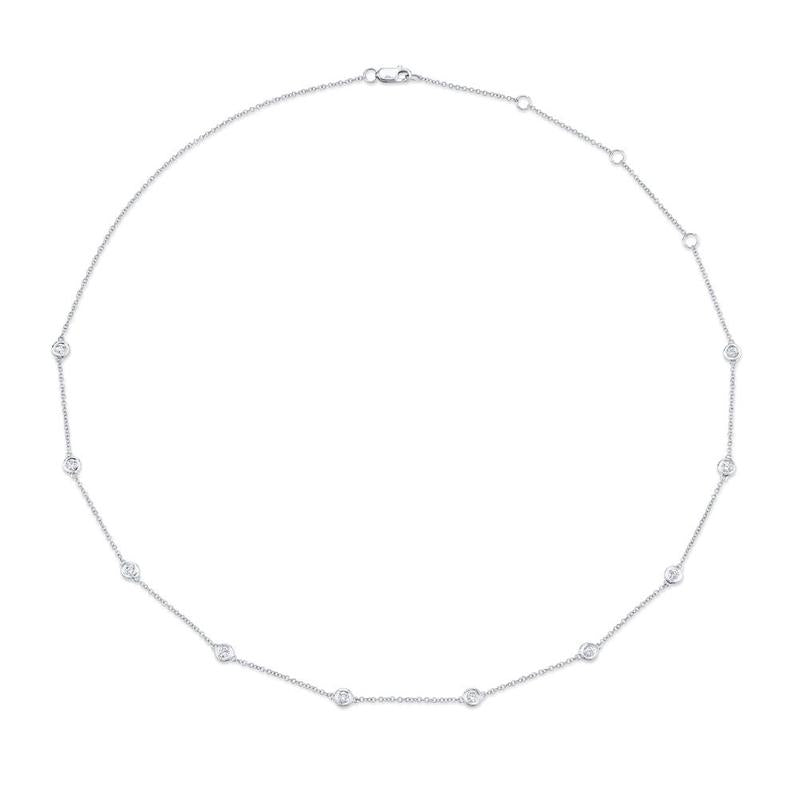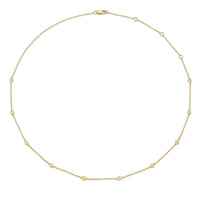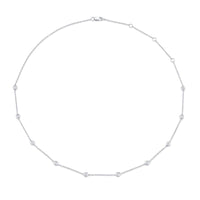Shy Creation® Diamonds by the Yard Necklace
- Regular Price
- $1,100.00
- Sale Price
- $1,100.00
- Regular Price
Sold Out
- Unit Price
- per
This refined 16–18" adjustable necklace features .28 carat total weight of bezel-set diamonds stationed along a delicate chain. A timeless layering staple or graceful solo shimmer.
Clarity SI2+, Color I.








